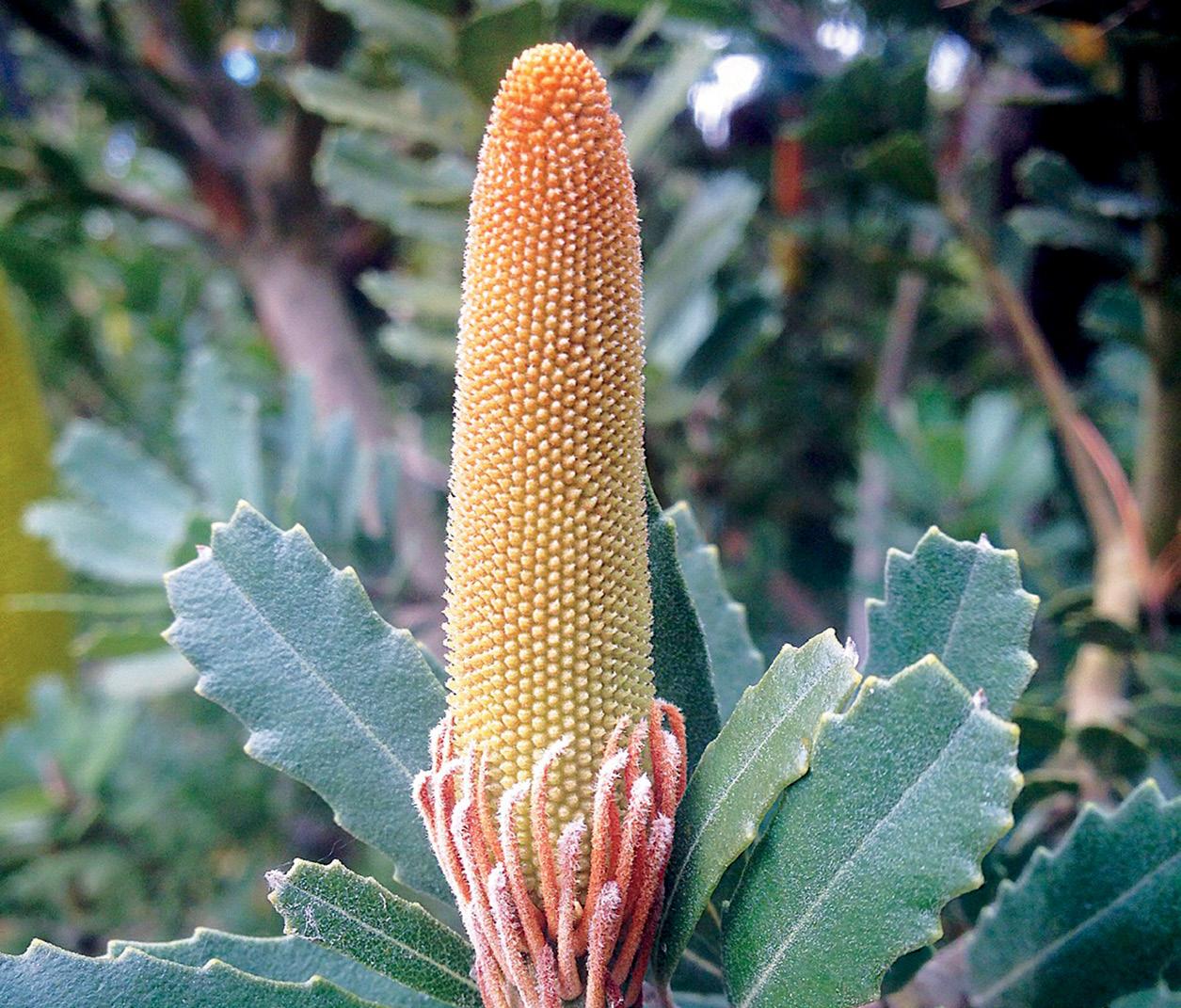
2 minute read
Eco News
s cience n eeds y ou!
Could you become a citizen scientist? If you enjoy time in the bush or along the coast, your observation and photographic skills are needed to help enhance the conservation and research efforts of our scientific experts. Here are some options.
Advertisement
n ative P L ant Pics
Although Australia is regarded as one of the richest areas in the world for native species, many lack photographic representation. Some may be depicted by drawings or paintings or just a single photo, others have no visual record. This is where we may all be able to help.
A survey of 33 major online databases of plant photos were surveyed to determine the extent of photographic records of native plant species. Undertaken by UNSW Sydney and the Australian Institute of Botanical Science, senior author of the study Associate Professor Will Cornwell spoke of the consequences that could result from a lack of detailed photos.
‘Many plant species that are difficult to identify in the wild may go extinct if scientists cannot properly identify them with the help of photos,’ Cornwell said.
An advantage of photographs is that they preserve characteristics such as flower colour, which may fade in samples, plus they provide additional information like bark appearance and orientation of leaves, as well as ecological context.
With digital photography so accessible now, we are all capable of contributing to this important project. In the last year nearly 10% of previously unphotographed species have been photographed and uploaded by citizen scientists and identified by experts. Using an online platform like iNaturalist allows photos to be identified by experts and data to be shared with aggregators like the Atlas of Living Australia and Global Biodiversity Information Facility and used in conservation and research.
r ecording sH ark e gg c ases
‘Egg cases are important for understanding the basic biology of oviparous chondrichthyans as well as revealing valuable information such as where different species live and where their nurseries are located,’ said Helen O’Neill, biologist with CSIRO Australian National Fish Collection. Oviparous species are those whose eggs hatch outside of the mother and chondrichthyans are cartilaginous fish.
The CSIRO is asking citizen scientists to help find and record egg cases that are washed up on Australian coastlines and beaches. This will help scientists discover what egg cases of different chondrichthyans look like. This may include egg cases from catsharks, skate, horn sharks, carpetsharks and chimaera, washed ashore or sighted during diving.
Egg cases found on beaches rarely contain live embryos, whose incubation times range from a few months up to three years, depending on the species.
The Great Eggcase Hunt, which is an initiative of UK-based charity The Shark Trust, has been launched in partnership with CSIRO to help provide new data for scientists studying the taxonomy and distribution of oviparous chondrichthyans. Record any sightings via The Shark Trust citizen science mobile phone app or through the project website: www.sharktrust.org.
a ussie B ird count
This year’s Aussie Bird Count will be held from 16–22 October. Anyone can participate; it involves spending 20 minutes standing or sitting in one spot, such as your backyard or the local park, and noting down the birds that you see. You will need to count the number of each species you spot within the 20 minute period. Do as many session as you like. The Aussie Bird Count app has a handy field guide to help you identify birds. For more information, head online to website: aussiebirdcount.org.au. T










